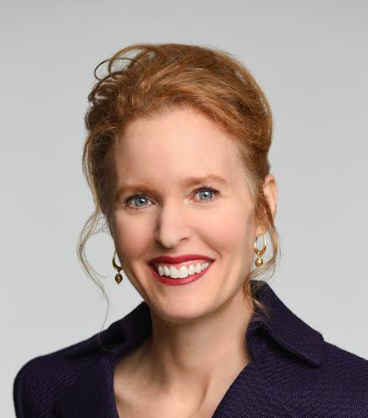
Is Canada ahead in the turtle race to energy efficiency in North America? The always-witty Phillipe Dunsky, president of Dunsky Energy Consulting, thinks that while Canada’s past on that front might have been humdrum, it’s a whole new era now.
For that, credit Canadian Prime Minister Justin Trudeau, contended Dunsky at the Midwest Energy Efficiency Alliance’s 2016 Midwest Energy Solutions Conference. He noted that until three months ago, the two countries possessed very similar energy-efficiency perspectives:
- Energy standards vary greatly across the provinces as they do across the states; just look at the vast difference between West Virginia and California.
- A mix of design options exist, including integrated resource plan-driven, target-driven and shareholder incentives.
- Both face the utility market “death spiral “of growing efficiencies slowing demand for energy, which increases energy’s costs that further the drivers of energy efficiency.
What spells the difference now? Dunsky maintains that after a lost decade, Canada has adopted a carbon consensus that turns its conservation future from boring to bold. This new harmony is about all carbon – not just regulated utilities. Transport, refrigerants, everything is on the table as Canada works toward an 85 percent reduction in carbon by 2050, even with a growing economy.
What does the neighboring giant do?
Where does that leave the neighboring Goliath? Absent a similar consensus, what does the United States do? Dunsky offers a market-based answer that just might pass muster regardless of our country’s inability to reach consensus on much of anything. He suggests using a net present value model in crafting market projects – one that would focus on energy service companies (ESCOs) and a 25-year market payback on energy efficiency.
Here’s a brief primer on NPV from Joe Knight, partner with the Business Literacy Institute and co-author of Financial Intelligence: "Net present value is the present value of the cash flows at the required rate of return of your project compared to your initial investment. In practical terms, it’s a method of calculating your return on investment for a project or expenditure. By looking at all of the money you expect to make from the investment and translating those returns into today’s dollars, you can decide whether the project is worthwhile."
What the NPV model delivers
As Dunsky sees it on the energy-efficiency front, while the first cost-and-debt ratio barriers are the same, the longer-term NPV model nudges the energy-efficiency valuation from the early part of the investment cycle and amortizes it over a longer project investment cycle. This creates information, incentives and financing that spurs deeper, bolder energy efficiency across industries and building types.
Dunsky emphasizes one other key point: Energy efficiency, based on a cost-per-kilowatt saved, can be cheap. He says most people underinvest because they worry about the upfront investment.
So, there we have it. On its face, a rather boring Canadian lesson about a market switch gets flipped and delivers a way for us to be bold ourselves in employing market drivers for energy efficiency.
Joyce Coffee is managing director of the Notre Dame Global Adaptation Index which exists to increase the world's awareness of the need to adapt to climate change.

Joyce Coffee, LEED AP, is founder and President of Climate Resilience Consulting. She is an accomplished organizational strategist and visionary leader with over 25 years of domestic and international experience in the corporate, government and non-profit sectors implementing resilience and sustainability strategies, management systems, performance measurement, partnerships, benchmarking and reporting.














